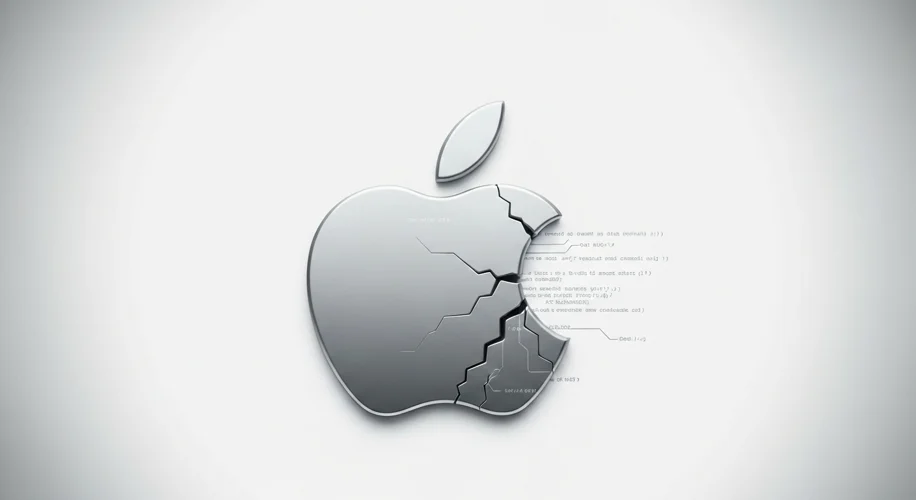It’s quite fascinating, isn’t it? Even the most guarded companies can have their secrets accidentally laid bare. Just recently, Apple found itself in such a situation, revealing glimpses of future products across seven different categories, all thanks to a slip-up in their software code.
As someone who has spent years sifting through historical documents, I’m always intrigued by how information, or the lack thereof, shapes our understanding of technological progression. This recent event with Apple reminds me that while corporate secrecy is a cornerstone of product development, it’s not always impenetrable. History teaches us that unintended disclosures, whether through a leaked memo, a misfiled patent, or, in this case, a software anomaly, can offer a unique, albeit accidental, window into the future.
The implications here are multifaceted. For Apple, it’s a moment to reflect on the robust nature of their internal controls and the downstream effects of even minor oversights. For the tech world and enthusiasts like myself, it’s an opportunity to observe the cadence of innovation. We see the directions companies are exploring, the new categories they aim to enter, and the evolution of existing product lines.
This isn’t about the specific products themselves, but rather about the process. It highlights how deeply intertwined software and hardware development have become. A subtle error in code, intended for internal testing or development, can inadvertently expose architectural details or feature sets. It underscores the sheer complexity of managing vast codebases and the constant challenge of maintaining absolute secrecy in an era of rapid digital sharing.
From my archival perspective, this is a modern parallel to instances where early prototypes or technical specifications were leaked through various means. The core principle remains the same: the desire to protect proprietary information versus the inherent challenges of development and distribution. Even with advanced security measures, the human element and the sheer volume of data involved create opportunities for these accidental revelations.
What’s truly interesting is how these leaks, while perhaps causing short-term strategic challenges for the company, can also serve as a public barometer for technological trends. They offer a preview, a hint of what might be coming, and can spark conversation and anticipation. It’s a reminder that even in our highly controlled technological landscape, there’s an element of serendipity, a nod to the unpredictable nature of progress.
This event, though an accident, provides a valuable case study in corporate transparency, product lifecycle management, and the enduring quest for innovation. It shows us that even the most polished presentations can be preceded by a more raw, unvarnished glimpse, accidentally shared with the world.

